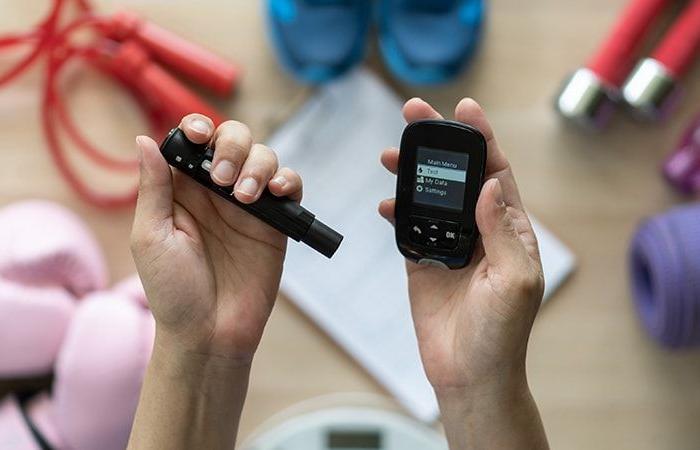Physical activity is an important element of self-management of type 1 diabetes, particularly in adolescents. Generally speaking, the recommendations concerning its modalities in terms of intensity and duration hardly differ from those intended for non-diabetics. Around sixty minutes of moderate or vigorous physical activity each day is the message that should highlight the need for regular practice, even more essential in the case of type 1 diabetes, when the cardiovascular risk is this fact immediately increased.
The fear of hypoglycemia which may come from the adolescent or his parents should not constitute an obstacle. It is important to optimize glycemic control by taking into account the risk of hypoglycemia posed by physical exercise, a risk in fact increased in the 12 to 24 hours following exercise.
T1DEXIP: a real-world cohort study
In this regard, what are its possible predictive factors in the real world? This is the question answered by the prospective study called T1DEXIP (Type 1 Diabetes Exercise Initiative Pediatric) in which 251 adolescents were included (mean age 14 ± 2 years; girls: 42%; HbA1c = 7.1 ± 1.3%).
All participants provided information on their physical activities, food intake and treatment, in this case the daily number of subcutaneous insulin injections. Blood glucose was measured as often as possible or continuously if insulin was administered by pump. In total, over ten days, 3,319 episodes of scheduled physical activity were reported and analyzed.
Following these episodes, average blood sugar levels were found to be lower in cases of more recent diabetes, but also lower HbA1c levels. On the other hand, the methods of insulin administration (pump versus injections) did not have a significant influence on average post-exercise blood glucose.
Duration of exercise could double risk of nocturnal hypoglycemia
During exercise, the lowest blood glucose values were associated with more significant drops in the latter post-exercise, immediately after it (p
An average total duration of physical activity ≥60 min/day was associated with a higher frequency of nocturnal hypoglycemic attacks, i.e. 17% versus 8% in the case of physical activity, conventional pump treatment and time spent at night. below target blood glucose levels ≥4% in the 24 hours prior to exercise.
This real-world cohort study identifies the predictive factors for the risk of post-exercise hypoglycemia in more than 250 adolescents with proven type 1 diabetes. The duration of regular physical activity from day to day seems to be the factor that most favors hypoglycemic attacks during the following night, at least when it exceeds an average of 60 minutes/day. Other factors deserve to be taken into account, whether it is the duration of diabetes, HbA1c values, glycemic control or even the method of administration of insulin.






